#FluorescentLight
Explore tagged Tumblr posts
Text
Fluorescent T5 Grow Lights | Perfect for Seedlings & Plants

Fluorescent T5 grow lights are a popular choice for hydroponic gardening enthusiasts seeking efficient and effective lighting solutions. These lights utilize T5 fluorescent tubes, renowned for their energy efficiency and balanced spectrum, which closely mimic natural sunlight. T5 fluorescent grow lights are specifically designed to promote healthy plant growth during all stages of development, from seedling to flowering. With their compact size and low heat emission, T5-led grow lights are ideal for indoor gardening setups where space and temperature control are paramount. Their versatility allows them to be used in various hydroponic systems, providing consistent and uniform illumination to plants.
#FluorescentGrowLights#HydroponicLighting#FluorescentLights#IndoorGardening#hydroponics#hydroponics town
0 notes
Text


Fluorlightic, Fluoreslightic, or Fluorescentlightic: A Xenogender that is connected to fluorescent lights, rooms lit by fluorescent light, and/or the humming noise that fluorescent light lamps make.
It can also be connected to flickering lights, horror elements, The Backrooms, and/or Liminal Spaces but it doesn't necessarily have to be.
15 notes
·
View notes
Photo

#蛍光灯 #fluorescentLight #Toycamera #トイカメラ #フィルム #film #Lofi #Liminalspace #urbandecay #decay #Japan #日本 #東京 #Tokyo #上野駅 #Ueno #UenoStation #駅 #Station #常磐線 #JobanLine #JR #JREAST #JapanRailway #JR東日本 #ivvaDOTinfo #ivva (Ueno Station) https://www.instagram.com/p/CnZyvq2hKkB/?igshid=NGJjMDIxMWI=
#蛍光灯#fluorescentlight#toycamera#トイカメラ#フィルム#film#lofi#liminalspace#urbandecay#decay#japan#日本#東京#tokyo#上野駅#ueno#uenostation#駅#station#常磐線#jobanline#jr#jreast#japanrailway#jr東日本#ivvadotinfo#ivva
3 notes
·
View notes
Photo
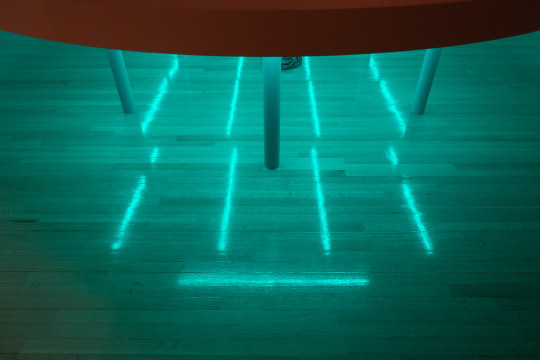
20200612 Toyota Museum 7 by Bong Grit 赤い机の下に緑の蛍光灯を配置したアート。 @Toyota Municipal Museum of Art, Toyota city, Aichi pref. (愛知県豊田市 豊田市美術館) https://ift.tt/30eXYBp
8 notes
·
View notes
Photo

In, offload, out....repeat #warehouse #truck #cement #parallel #fluorescentlight #dust (at Cape Town, Western Cape) https://www.instagram.com/p/BnSlGWrF0pWUM34f-5oqGK1PRWqwxhZiyGdRb40/?utm_source=ig_tumblr_share&igshid=1t0br35e18e1p
4 notes
·
View notes
Text

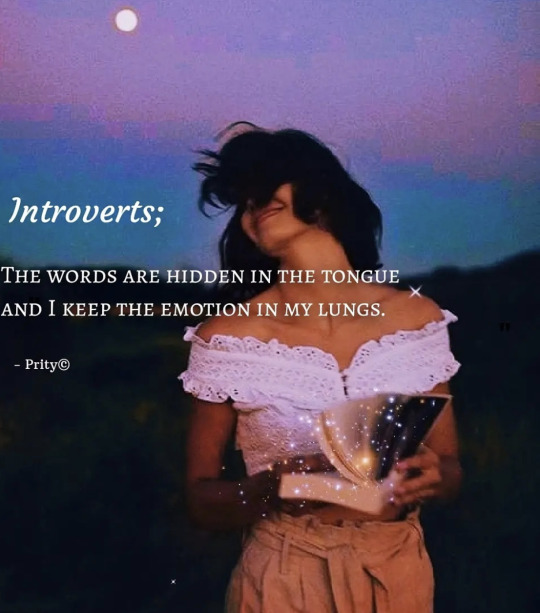
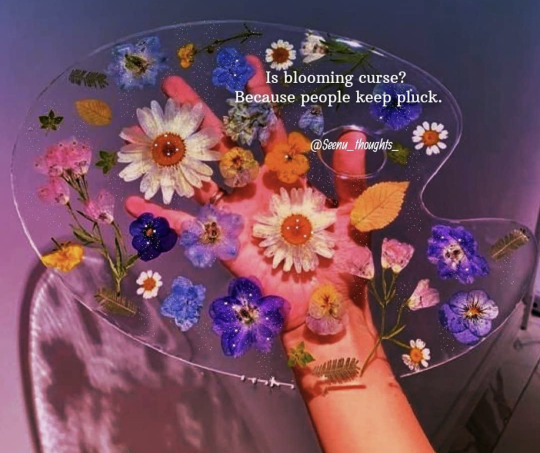
Middle picture definitely give me jlo (1997) selena vibes I use to write her songs in English in my Minnie Mouse diary I always wanted to learn Spanish to gain better understanding to her lyrics (fotos y recuerdos) forever my favorite song of hers so beautiful 💗📖🎨🌸
#selenaquintanillaperez#quotes#photosandmemories#fluorescentlight#singer#read#love#art#selena#08/24/21
2 notes
·
View notes
Photo

Untitled piece by Dan Flavin, 1987. #sfmoma #danflavin #lighting #art #design #modernart #fluorescent #fluorescentlight #lightsculpture #artphotography #sonya7 #sanfrancisco #museum
#lighting#museum#design#danflavin#lightsculpture#artphotography#fluorescent#art#fluorescentlight#sanfrancisco#sfmoma#sonya7#modernart
1 note
·
View note
Text
Monday's image: February 22, 2021
Antoni Muntadas, Monumento genérico (Generic Monument), Printed methacrylate, photographs, iron and fluorescent light, 400 x 173 x 75 centimeters, Photographs with frame: 52.5 x 42.5 x 4 centimeters (each), 1987-88, Museo Nacional Centro De Arte Reina Sofia, Madrid, Spain
Subscribe to News - Lisa Blas by Email
#Deregulationwassomethingakintoabolishingthespeedlimitonaninterstatehighway#Thatopensupshortcutsthatcausedisasters.#AntoniMuntadas#mixedmedia#installation#photography#sculpture#fluorescentlight#monument#MuseoNacionalCentrodeArteReinaSofía#Madrid#NYTimes#lightbluesky#clouds#horizontal#powerlines#orangetarp#utilityworkers#Houston#Texas#repairwork#winterstorm#causedoutagesformillions#TexasOfficials#HadFewRules#ForPowerGrid#WeakPointsinSystem#RaisedBlackoutRisk#near-collapse#stateelectricitygrid
0 notes
Photo
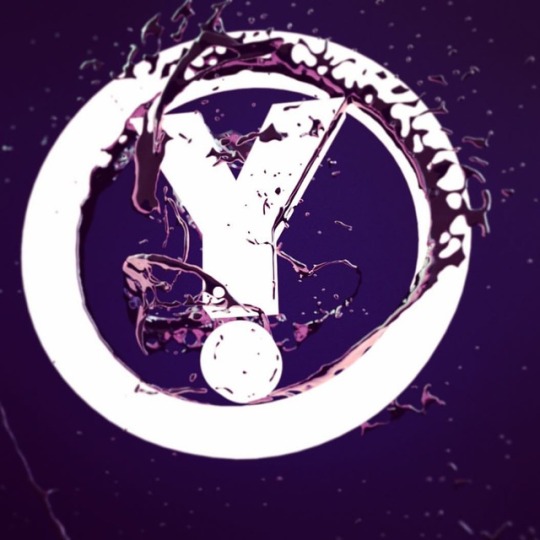
Been away & hit a road block on my portfolio application for university, so decided to do something fun instead. #still #vjloop #yafterhours #maxon #cinema4d #c4d #redshift #redshift3d #redshiftrender #realflow #liquid #logo #fluorescent #fluorescentlight
#maxon#redshiftrender#redshift#cinema4d#still#fluorescentlight#yafterhours#redshift3d#c4d#liquid#fluorescent#logo#vjloop#realflow
1 note
·
View note
Photo
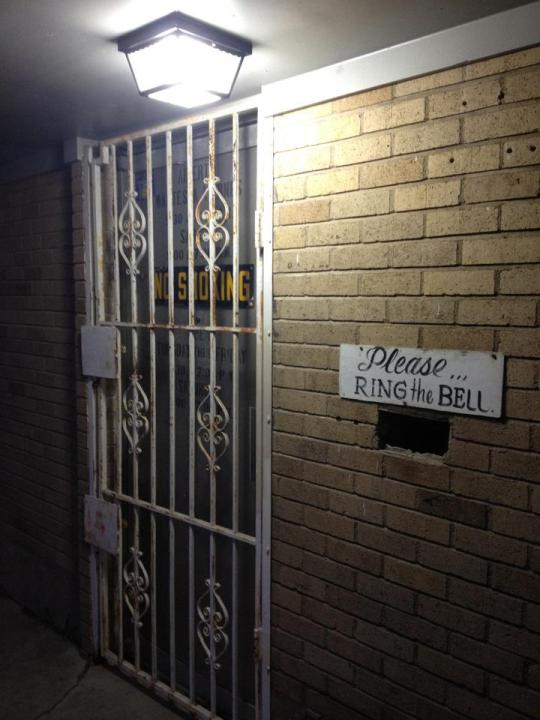
Please...Ring the Bell, Houston, Texas. Photo by REXO.
0 notes
Photo
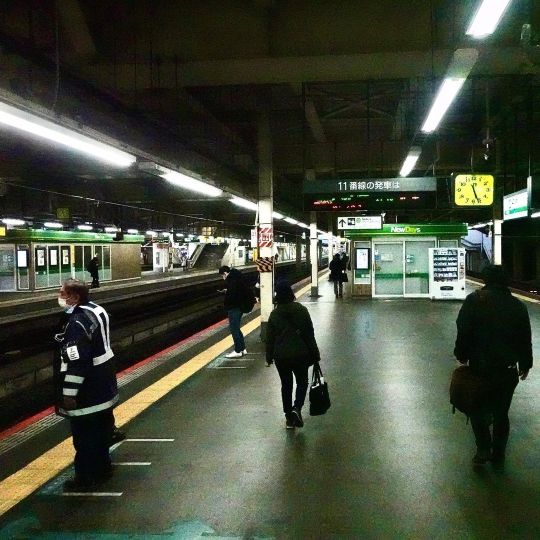
#蛍光灯 #fluorescentLight #Toycamera #トイカメラ #フィルム #film #Lofi #Liminalspace #urbandecay #decay #Japan #日本 #東京 #Tokyo #上野駅 #Ueno #UenoStation #駅 #Station #JR #JREAST #JapanRailway #JR東日本 #ivvaDOTinfo #ivva (上野駅) https://www.instagram.com/p/CkshpbtyWo0/?igshid=NGJjMDIxMWI=
#蛍光灯#fluorescentlight#toycamera#トイカメラ#フィルム#film#lofi#liminalspace#urbandecay#decay#japan#日本#東京#tokyo#上野駅#ueno#uenostation#駅#station#jr#jreast#japanrailway#jr東日本#ivvadotinfo#ivva
0 notes
Photo

#blackandwhite #monochrome #nocolor #grayscale #colorless #白黒 #黑白 #blancoynegro #pretoebranco #أبيضوأسود #noiretblanc #蛍光灯 #fluorescentlight
#pretoebranco#白黒#colorless#fluorescentlight#أبيضوأسود#blackandwhite#nocolor#黑白#blancoynegro#蛍光灯#noiretblanc#grayscale#monochrome
2 notes
·
View notes
Photo

25 June, 2019. Here's the same painting, as seen under fluorescent light. . . . . . . . . #art #artist #artistsoninstagram #artistoninstagram #outsiderartist #vancouverartist #yvrartist #mythicalman #mythicalmanart #painting #flower #blacklight #fluorescentlight #opusdailypractice https://www.instagram.com/p/BzKQkZKh1rT/?igshid=uqc53l6c0yow
#art#artist#artistsoninstagram#artistoninstagram#outsiderartist#vancouverartist#yvrartist#mythicalman#mythicalmanart#painting#flower#blacklight#fluorescentlight#opusdailypractice
0 notes
Photo

Mercury is the only metal liquid at room temperature, although gallium at 29.76C melts easily in your hand. Mercury is a considerable environmental toxin. It concentrates on its way up the food chain with catastrophic results for humans exposed to it. But it remains in use, and CF and fluorescent tubes still contain small quantities of the metal. #iypt2019 @iypt2019 #scienceproject #periodictable #chemicalelements #quantumvictoria #hexagon #chemistry #science #mercury #thermometer #liquidmetal #fluorescentlight #mercuryswitch #madhatter (at Raleigh Street Studios) https://www.instagram.com/p/Bvzom5Olj6n/?utm_source=ig_tumblr_share&igshid=1ubijryfp4875
#iypt2019#scienceproject#periodictable#chemicalelements#quantumvictoria#hexagon#chemistry#science#mercury#thermometer#liquidmetal#fluorescentlight#mercuryswitch#madhatter
0 notes
Photo

what is beautiful,
smells like electricity
and sounds like shit.
look at those flowers!
#aesthetic#fluorescent#fluorescentlight#flowers#poetry#stolen image#from google or something#does it matter#probably#;)#flp
1 note
·
View note
Photo

FREE Catalog, Request to have the latest Machine Lighting Catalog delivered to your mailbox! 📭
⬇️ Click Link Below ⬇️ https://www.Halogen-Lighting.com/RequestCatalog.aspx
#Machine#Lighting#MachineLighting#HLP#HLPC#HalogenLighting#LEDlighting#BrightLights#FreeCatalogs#Brochures#ShopLights#FluorescentLighting#BrightLighting#DockLights#DocLight#TubularLighting#tubularlights
1 note
·
View note